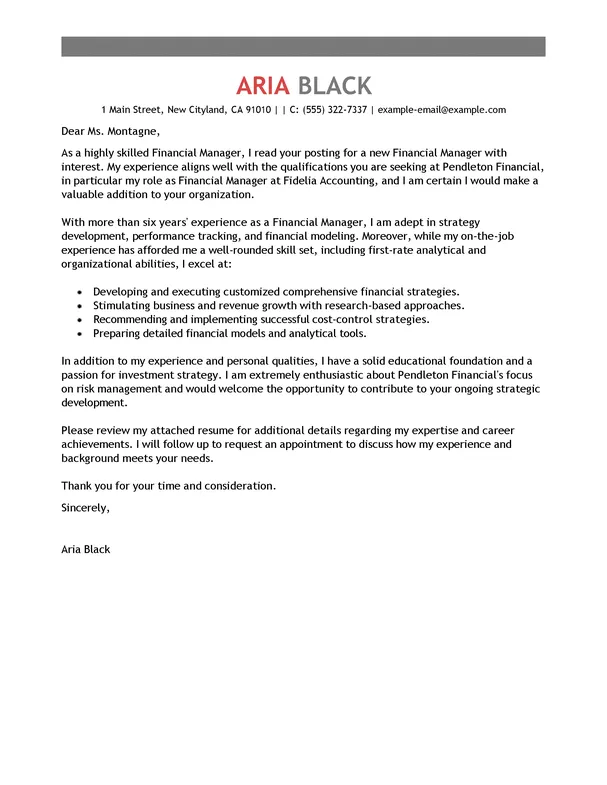Crafting a Powerful Cover Letter & Resume
Your cover letter and resume are your initial introductions to potential employers. They serve as critical marketing tools, showcasing your skills, experience, and personality. A well-crafted cover letter and resume can significantly increase your chances of landing an interview and ultimately, securing your desired job. This guide provides a comprehensive approach to creating these essential documents, ensuring they are both compelling and effective in today’s competitive job market. Mastering the art of writing these documents is more than just listing your qualifications it’s about telling a story about you, your experience, and your ambition, a story that will convince the hiring manager to give you the job.
Understanding the Purpose of Each Document
The cover letter and resume serve different but equally important roles in your job application. The resume is a concise summary of your professional and academic history, highlighting your skills and accomplishments. It’s designed to provide a quick overview of your qualifications. Think of it as a snapshot of your career to date. The cover letter, on the other hand, is your opportunity to elaborate on your resume. It allows you to personalize your application, express your interest in the specific role and company, and demonstrate how your skills and experiences align with the job requirements. The cover letter is where you can show off your personality and passion for the role. You are trying to get the hiring manager to feel like they need to meet you!
Cover Letter Fundamentals
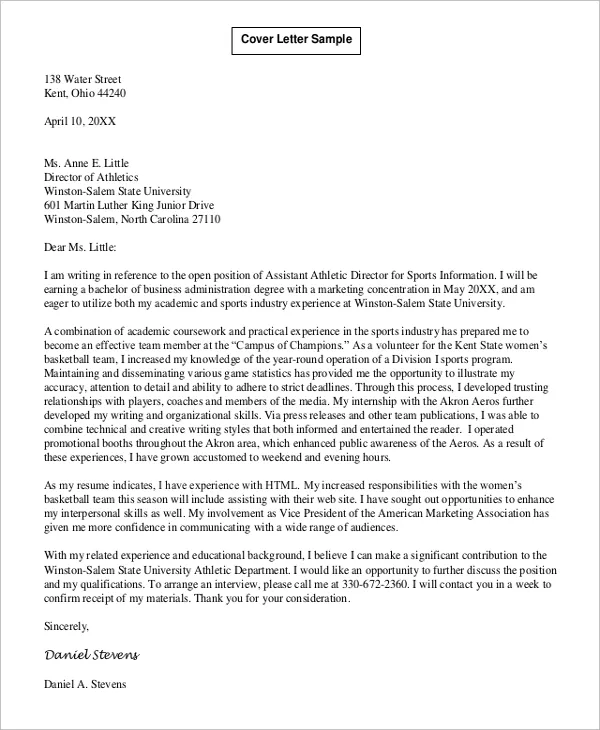
A strong cover letter grabs the reader’s attention from the start. Begin with a personalized greeting, addressing the hiring manager by name if possible. Briefly introduce yourself and state the position you are applying for. In the body of your letter, highlight your most relevant skills and experiences, providing specific examples of your achievements. Explain why you are interested in the company and the role, and how your qualifications align with their needs. Your goal is to convince the hiring manager you are the right fit for the job. Remember to keep the tone professional but engaging. End with a call to action, expressing your enthusiasm for an interview and thanking the reader for their time and consideration.
Highlighting Your Skills and Experiences
When highlighting your skills, focus on the ones most relevant to the job description. Use action verbs to describe your accomplishments and quantify your achievements whenever possible. For example, instead of saying “Managed social media accounts,” write “Increased social media engagement by 30% through strategic content creation and targeted advertising.” Provide specific examples of how you have used your skills to achieve positive results in previous roles. This demonstrates your capabilities and provides tangible evidence of your value. Make sure to include hard skills, such as specific software proficiencies or technical abilities, as well as soft skills, like communication, teamwork, and problem-solving. Be sure to tailor your cover letter to each specific job you apply for, as many employers will be able to quickly identify when a generic cover letter is submitted.
Tailoring Your Cover Letter
Customization is key when writing a cover letter. Avoid using a generic template that could apply to any job. Instead, carefully read the job description and identify the key requirements and qualifications. Then, tailor your cover letter to address these specific points. Show how your skills and experiences align with what the employer is seeking. Research the company to understand its values, mission, and culture. This will help you demonstrate your genuine interest in the organization and explain why you would be a good fit. Personalizing your letter to the company can significantly increase your chances of getting a call for an interview. Tailoring the cover letter also shows attention to detail, something that hiring managers look for.
Resume Essentials
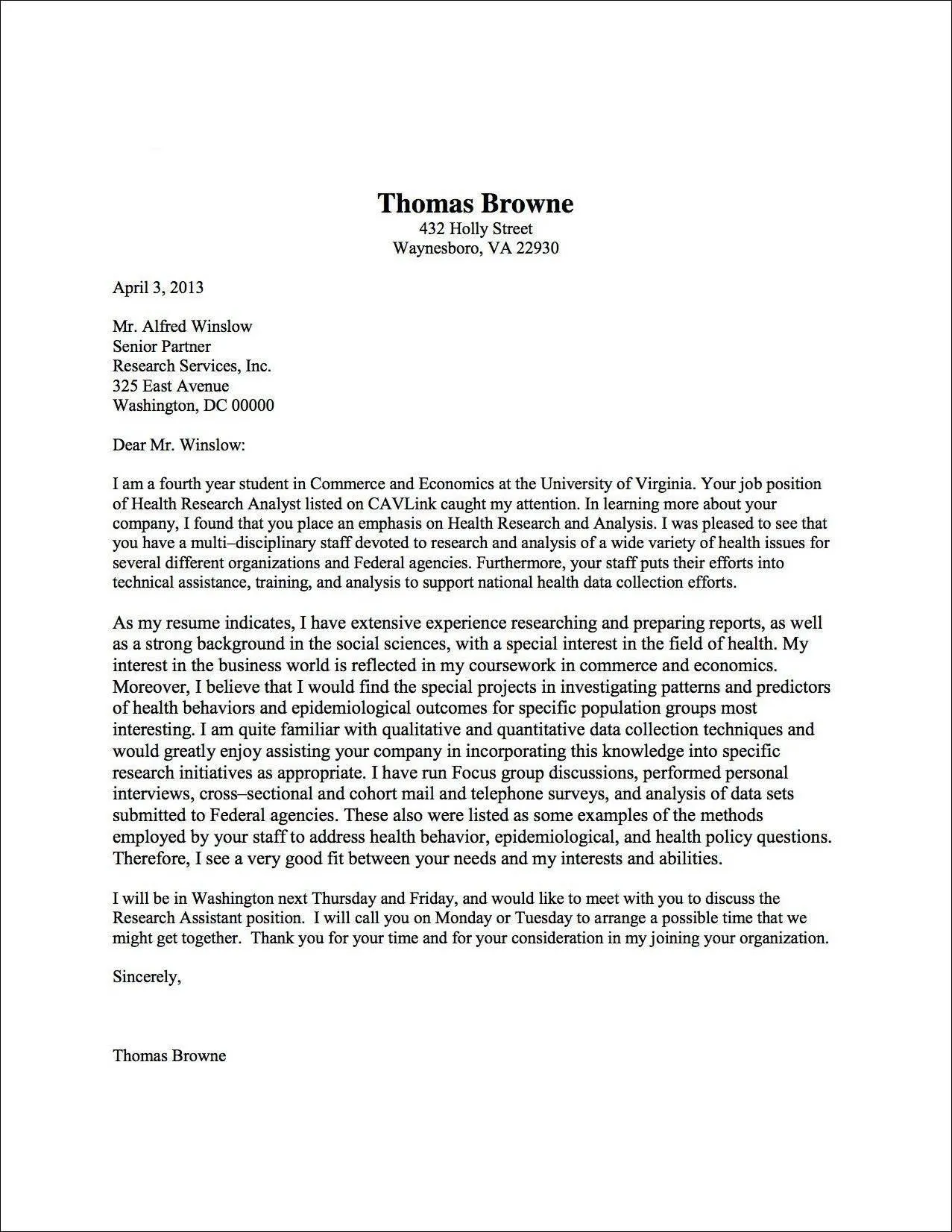
The resume is your professional summary, providing employers with a snapshot of your qualifications. It should be clear, concise, and easy to read. Focus on relevant information, highlighting your skills, experience, and education. Keep the layout clean and organized, using headings, bullet points, and white space to make it visually appealing. The resume should be no more than one to two pages, depending on your experience level. Ensure that all the information is accurate and up-to-date. A well-formatted resume will capture the hiring manager’s attention and encourage them to learn more about you. Make sure all the relevant keywords are included in your resume so that it can be easily identified by a search.
Formatting and Design for Readability
The design and formatting of your resume play a crucial role in its readability. Choose a professional and clean font, such as Arial, Calibri, or Times New Roman, and use a font size of 10-12 points. Use clear headings and subheadings to organize your information logically. Break up large blocks of text with bullet points to make it easier for the reader to scan. Maintain consistent spacing and margins throughout the document. Avoid using excessive colors, graphics, or elaborate designs, as these can be distracting. The goal is to create a document that is easy to read and highlights your qualifications effectively. Remember, your resume should be a quick and pleasant read, not a puzzle.
Structuring Your Resume
A standard resume structure includes several key sections. Start with your contact information, including your name, phone number, email address, and LinkedIn profile URL. Next, include a summary or objective statement, highlighting your career goals and key skills. Follow this with your work experience, listing your previous roles in reverse chronological order. For each position, include the job title, company name, dates of employment, and a brief description of your responsibilities and accomplishments. Include a section for your education, listing your degrees, institutions, and graduation dates. You may also include a skills section to list your relevant skills. You may also add additional sections for awards, certifications, or volunteer experience if it’s relevant to the role.
Key Sections to Include
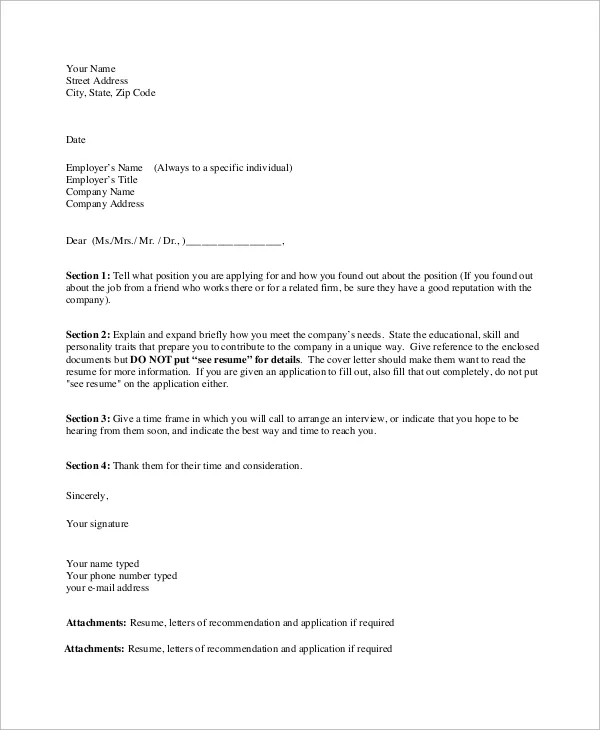
Your resume should contain the following sections: Contact Information (Name, Phone, Email, LinkedIn), Summary/Objective (brief overview), Work Experience (most recent job first), Education (degrees, institutions, dates), and Skills (relevant skills). These sections are essential for showcasing your qualifications. Include a summary or objective to state your career goals and key skills if you have less experience. For work experience, use action verbs to describe your responsibilities and achievements. List your education, including your degrees, institutions, and graduation dates. In the skills section, list both hard skills (specific software, technical skills) and soft skills (communication, teamwork, problem-solving). It’s important to order these sections strategically, with the most relevant information appearing first.
Writing a Compelling Summary or Objective
Your summary or objective statement is the first thing the hiring manager will read, so it’s important to make a strong impression. A summary provides a brief overview of your experience and qualifications. It should highlight your key skills and accomplishments, tailored to the job you’re applying for. An objective statement states your career goals. The summary is better for experienced professionals, while an objective might be suitable for recent graduates or those changing careers. Both should be concise, focused, and designed to capture the reader’s interest. Make sure it’s tailored to the specific role and the company you are applying to. This will help you leave a positive impression.
Showcasing Work Experience
The work experience section is the most important part of your resume. List your previous roles in reverse chronological order, starting with your most recent position. For each role, include your job title, company name, dates of employment, and a brief description of your responsibilities and accomplishments. Use action verbs to describe your achievements and quantify your results whenever possible. For example, instead of saying “Managed customer accounts,” write “Increased customer retention by 15% through proactive communication and issue resolution.” Focus on accomplishments rather than just listing your duties. This demonstrates your value and provides tangible evidence of your skills. Tailor this section to the specific job requirements, highlighting the experiences most relevant to the role.
Listing Education and Skills
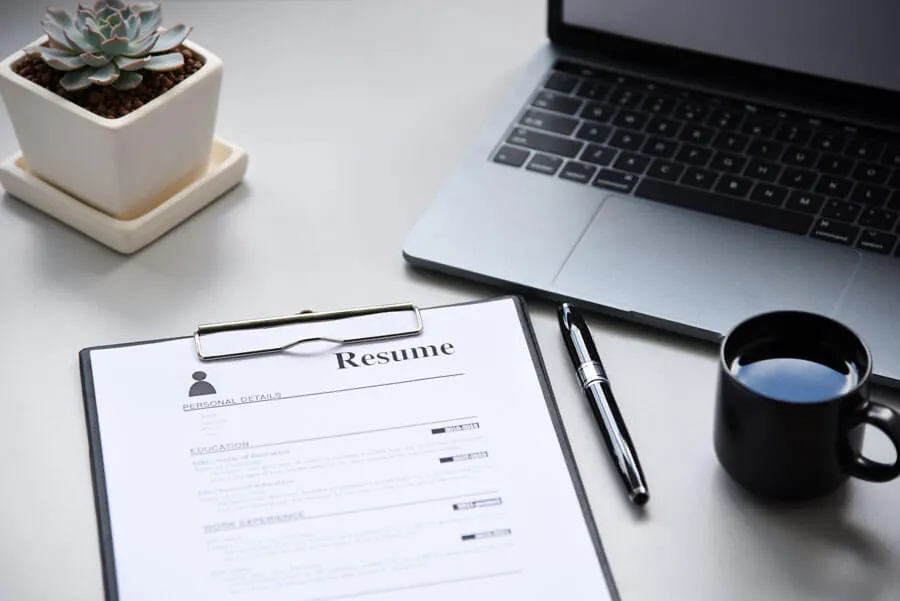
In the education section, list your degrees, institutions, and graduation dates. If you have multiple degrees, list the highest degree first. Include any relevant honors, awards, or academic achievements. In the skills section, list both hard skills (specific software proficiencies, technical skills) and soft skills (communication, teamwork, problem-solving). Group your skills by category (e.g., Technical Skills, Software Proficiency, and Communication Skills) for clarity. Tailor your skills section to match the job description, highlighting the skills most relevant to the role. This ensures that your skills are easily identified by the hiring manager or the ATS system.
Action Verbs to Use
Using strong action verbs is crucial to making your resume compelling and showcasing your accomplishments. Start your bullet points with action verbs that describe what you did in each role. Examples include managed, led, developed, created, implemented, achieved, improved, and increased. Use a variety of action verbs to avoid repetition and make your resume more engaging. Choosing the right action verbs can make all the difference. Ensure that the action verbs you use accurately reflect your contributions and highlight your achievements. Use the job description as a guide to find relevant action verbs. This makes your resume more focused.
Optimizing Your Resume for Applicant Tracking Systems (ATS)
Many companies use Applicant Tracking Systems (ATS) to screen resumes. To ensure your resume gets past the ATS, it’s essential to optimize it. Use keywords from the job description throughout your resume, including in your summary, work experience, and skills sections. Use a clean and simple format that the ATS can easily read. Avoid using tables, graphics, or complex formatting. Save your resume as a .doc or .docx file. Ensure that the fonts used are standard and easily recognizable. Test your resume with an ATS checker to see how well it performs. Understanding and optimizing for ATS systems significantly improves your chances of getting your resume read by a human.
Key Tips for ATS Optimization
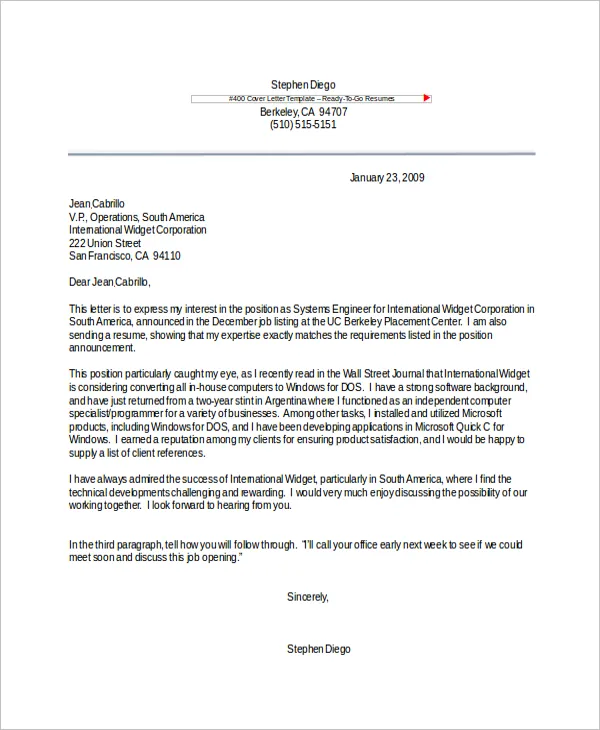
To optimize your resume for ATS, start by using keywords from the job description. Sprinkle these keywords naturally throughout your resume. Use a simple, easy-to-read format. Avoid using fancy formatting, tables, or images that can confuse the system. Save your resume in a common format like .doc or .docx. Choose standard fonts and font sizes. Include a skills section where you list relevant skills. Proofread your resume carefully for any errors, as this will prevent your resume from being automatically rejected. By following these tips, you greatly increase the chances of your resume passing through the ATS and reaching a human reader.
Reviewing and Refining Your Documents
After you have created your cover letter and resume, it’s important to review and refine them. This will involve several steps, including proofreading and seeking feedback from others. Set aside time to carefully review both documents, checking for any errors in grammar, spelling, and punctuation. Ensure that the formatting is consistent and professional. Make sure all your contact information is current and accurate. Ask a friend, family member, or career advisor to review your documents and provide feedback. They can catch errors that you might have missed and offer suggestions for improvement. The goal is to create a polished and error-free cover letter and resume that makes a positive impression. A well-refined document is what employers are looking for.
Proofreading for Errors
Proofreading is a crucial step in creating a professional cover letter and resume. Carefully check for any grammatical errors, spelling mistakes, and punctuation errors. Pay close attention to the use of correct verb tenses and subject-verb agreement. Make sure your sentences flow smoothly and that your writing is clear and concise. Read your documents aloud to catch any awkward phrasing or errors. It is also helpful to have another person review your documents, as a fresh pair of eyes can often spot errors you may have missed. An error-free cover letter and resume show attention to detail and professionalism. Proofread your documents carefully to ensure a polished final product.
Seeking Feedback
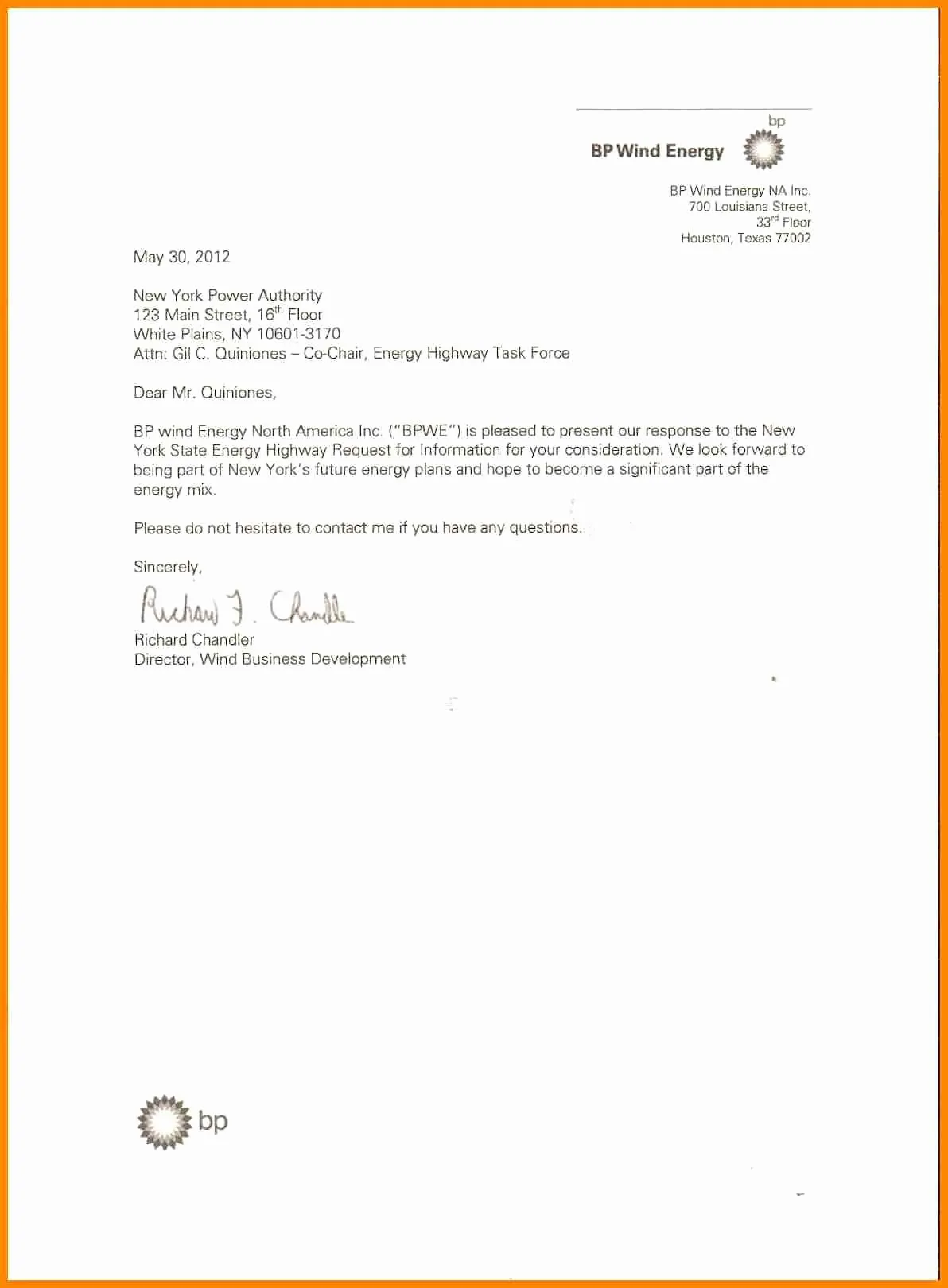
Getting feedback from others is an essential part of refining your cover letter and resume. Ask friends, family members, career advisors, or mentors to review your documents. Provide them with the job description for context. Ask for feedback on the content, formatting, and overall clarity. Consider their suggestions and make revisions as needed. Seek feedback from multiple sources to get a variety of perspectives. It is important to take all feedback constructively. If you are unsure, ask for a second or even a third opinion. Don’t be afraid to make changes based on their suggestions. The goal is to create documents that are easy to read and showcase your qualifications in the best possible light. Utilizing feedback is an important way to make your documents stand out!
